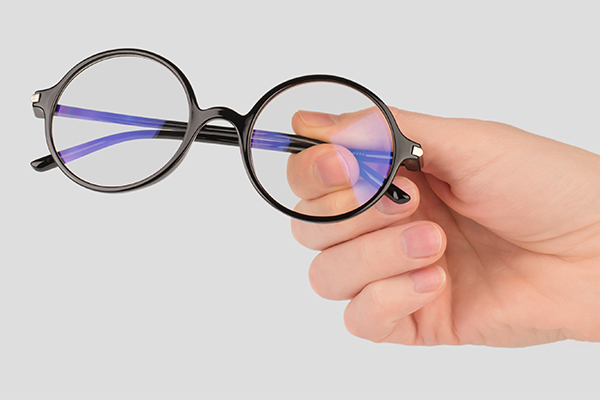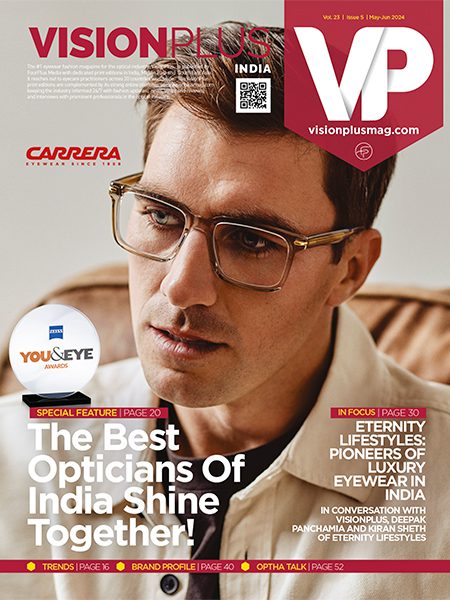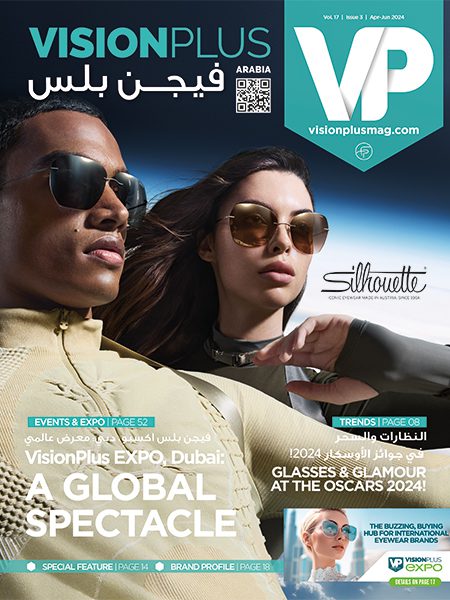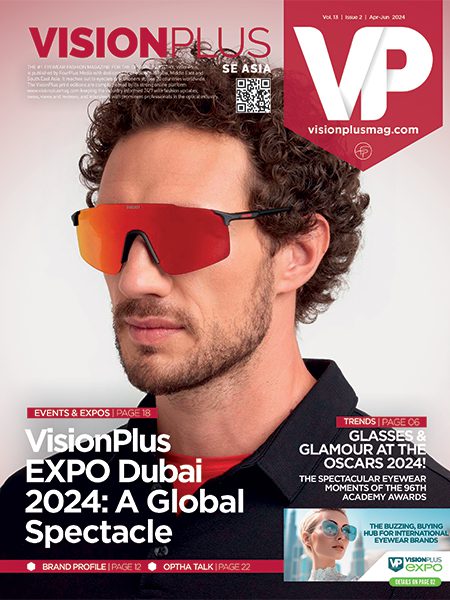

Speciality Lenses
While opticians are always able to handle the basic requirements of their clients vision enhancement requirements, are they really ready for patients who have needs beyond the normally available lenses? Pratik Bhatt of Zylux Lenses tells us more
Before I delve deeper into this very interesting topic, let's first understand what is the definition of a complex prescription. A complex prescription is defined as either a spectacle lens with a power in any one meridian of plus or minus 10 diopters or more or a prism controlled bifocal lens.
As someone who was not originally a part of the optical industry, I feel I need to work harder at trying to understand the industry and to explore it beyond just the surface. It’s this quest that has helped me discover so much more about the industry. It’s for this reason, I travel across India to different states visiting opticians, making relationships on a personal level while introducing them to our products. On one such occasion I came across an optician who had a patient with a refractive power of +10.00 having the desire to wear a multifocal polarised lens. Trying to find such niche or complex power glasses was a really difficult task for the optician along with the thickness matching the best of the best.
That’s when I realised the need of introducing something in a similar space with a range of complex powers made available with the right technology for such a consumer base, who are definitely ready to experiment if given a choice.
I also realised that there was a lack of product availability and awareness in the market for this type of consumer base. Today, thanks to ever growing technological advances it’s now possible to make fancy tints, colourful mirrorised options with photochromic and polarised lenses for such complex prescriptions but the companies providing such services in complex power prescription are few and limited.
According to reports 4 out of 10 complex prescription wearers if given a chance would like to have a secondary pair with either a colourful tint or a polarised lens for themselves. This trend that is already common in developed countries is slowly gaining popularity in the Indian market as well. And most multinational lens organisations possess the technology to make such complex prescriptions in different variants.

The Do’s & Don’ts for a complex prescription
To get your lenses looking as thin and light as possible, and aesthetically pleasing, frame choice is very important. Patients are always advised to go for a full rim frame which isn’t angular in shape.
The bigger the frame, the thicker your lenses will be. Patients are advised not to go for any rimless or half rim frames as these frames do not hide the thickness of the lens, and will also make them chunkier and heavier.
Making sure your pupils are set in the centre of the lenses also helps with the thickness.
Choosing the correct type of lens is also important. People with a high plus prescription will notice their lenses are thicker towards the centre of the lens. Also, the lenses make your eyes look more magnified.
In these cases, we would advise patients to wear an aspherical design of lens. This accomplishes two things. It makes the lens flatter on the back surface of the lens, and also reduces the eye magnification. This in turn, makes the lenses look thinner and lighter.
If the patient has a high minus prescription, you will notice your lenses are thickest towards the ends of the lenses. 99% of the lenses these days prefer plastic lenses. There are three different indices of thin lenses: 1.6, 1.67. 1.74.
Glass lenses are also available in a 1.7, 1.8 and 1.9 index. On all thin lenses an anti-reflection coating is always recommended as hi index lenses refract the light at a quicker rate and create more reflections.
A combination of your prescription, your pupil distance measurement, frame choice and lens choice determines how thick (or thin) your lenses will be.


Organisations And Achievements
There have been instances where few companies have come up and made these complex prescriptions a so-called “Hero Product” for them. One such organisation is Norville from the UK which is an old age institution and power house of making such complex prescriptions with ease since its inception in 1898 in Gloucester city of UK.
Another great achievement and a world record for manufacturing a special lens in February 2016 by Essilor France is noteworthy. They created a lens with a power of -108.00 diopters and a 6.00 cylinder for a photographer from Slovakia who suffered a number of complex eye conditions including very strong myopia, amblyopia in both eyes, keratoconus and strabismus.
On a personal level, I am proud that our organisation helped a patient with something with a complex power of -14.00-3.00 & -10.00-3.00 for a well-known client from Gujarat – India for a Lindberg frame.
It’s not to say that these are difficult tasks or projects but rather that there needs to be an increased awareness about the availability and possibilities of options available. And I, for one, would like to help any optician who has such a need for their patients.







